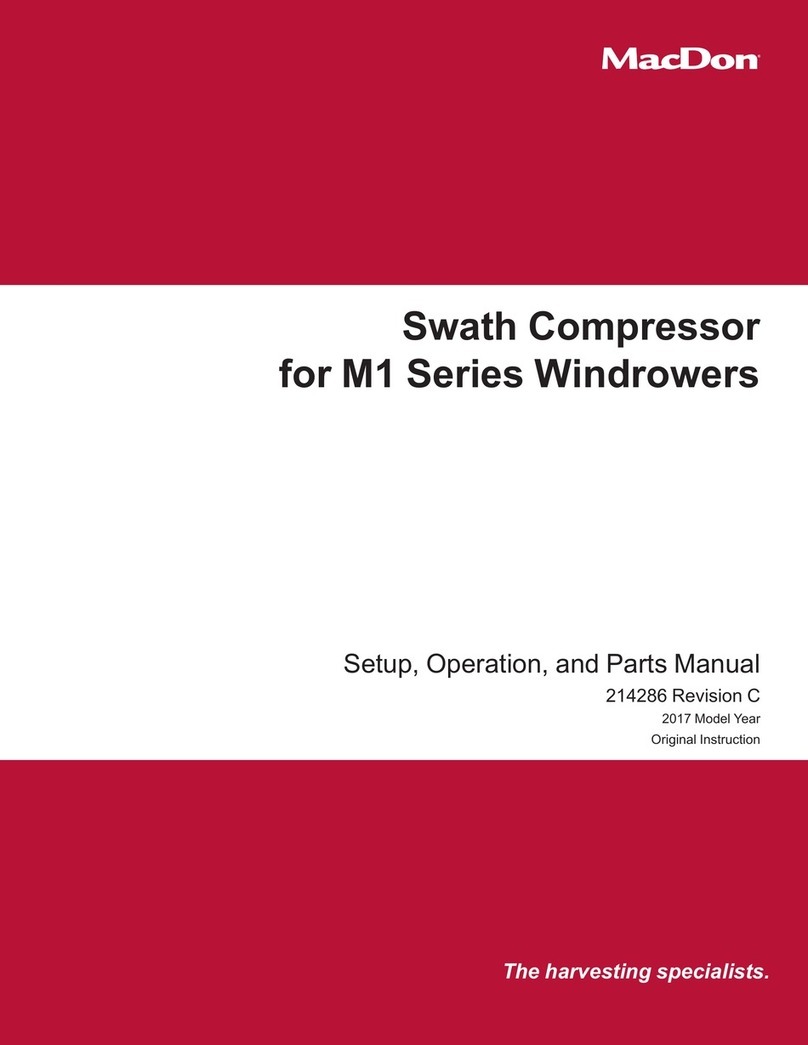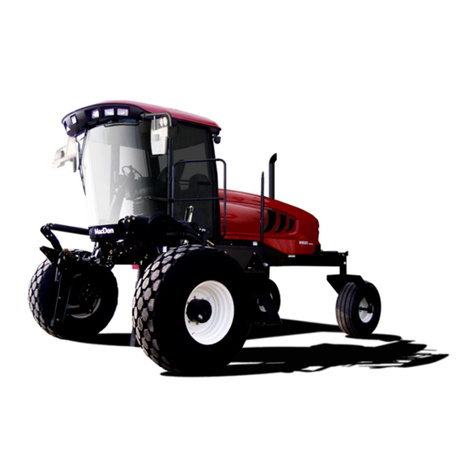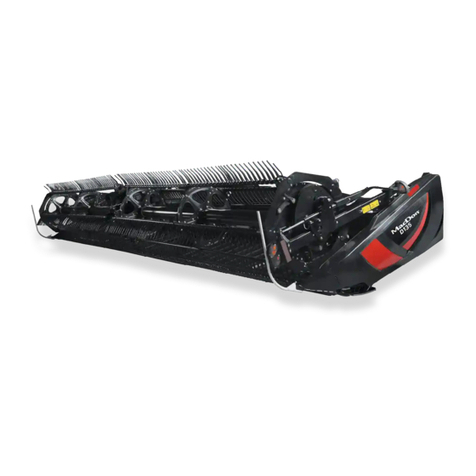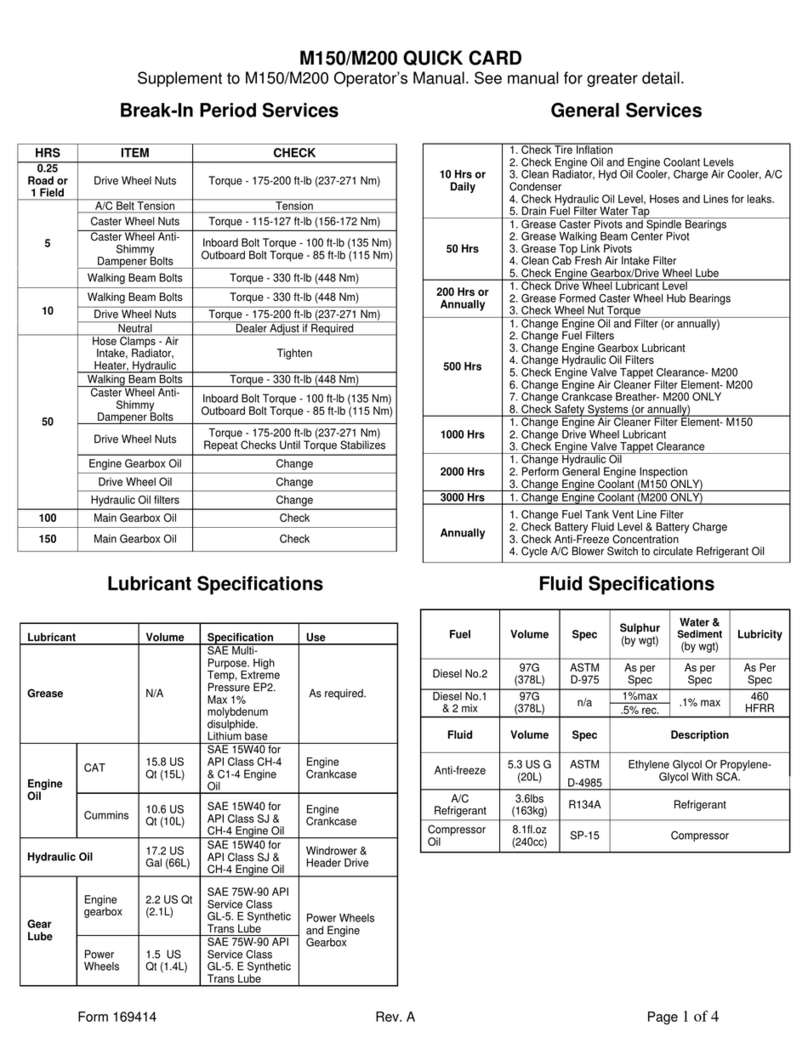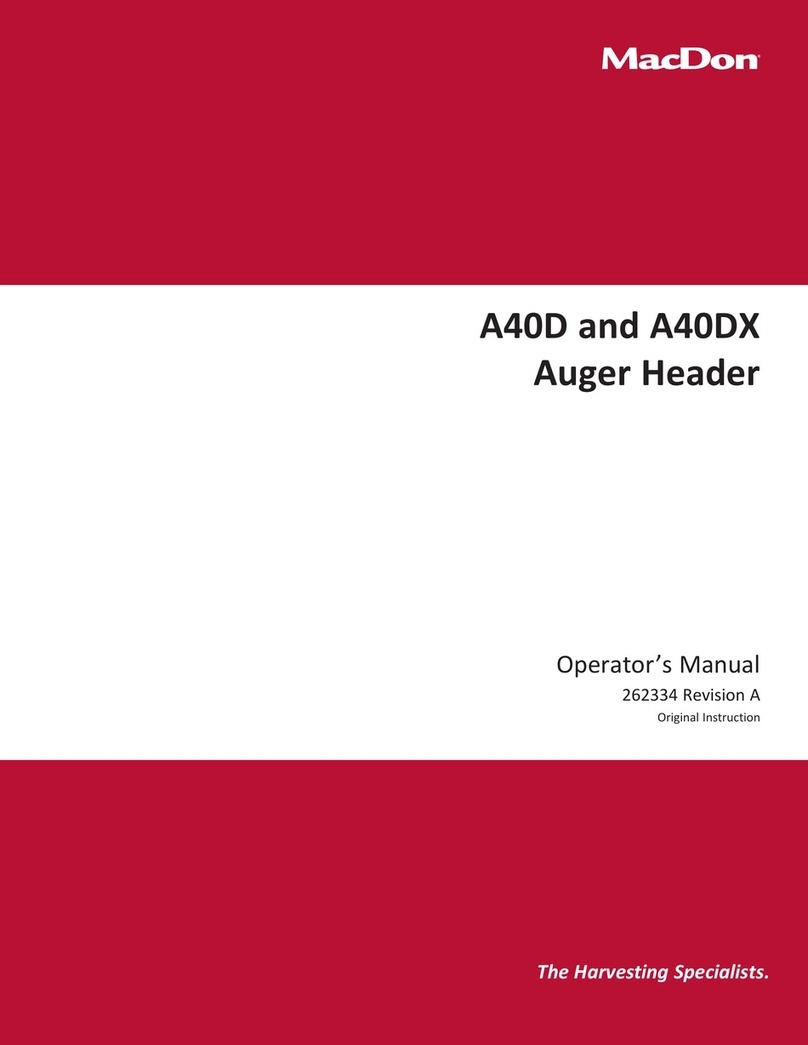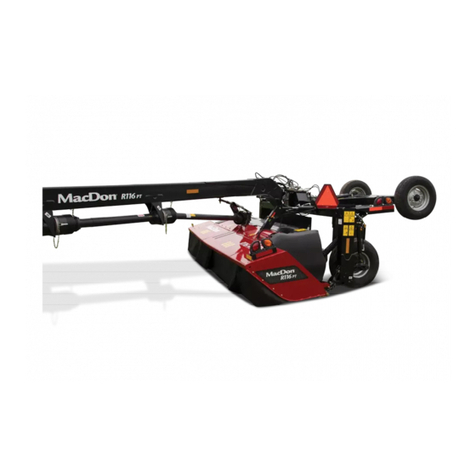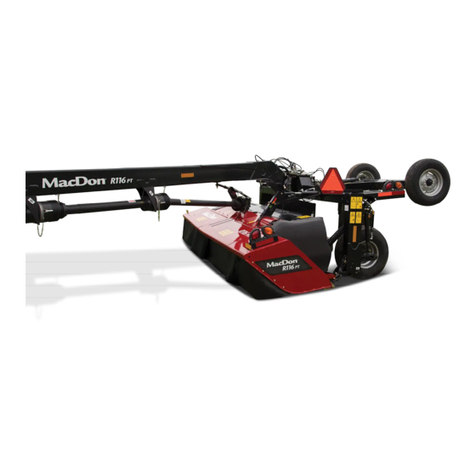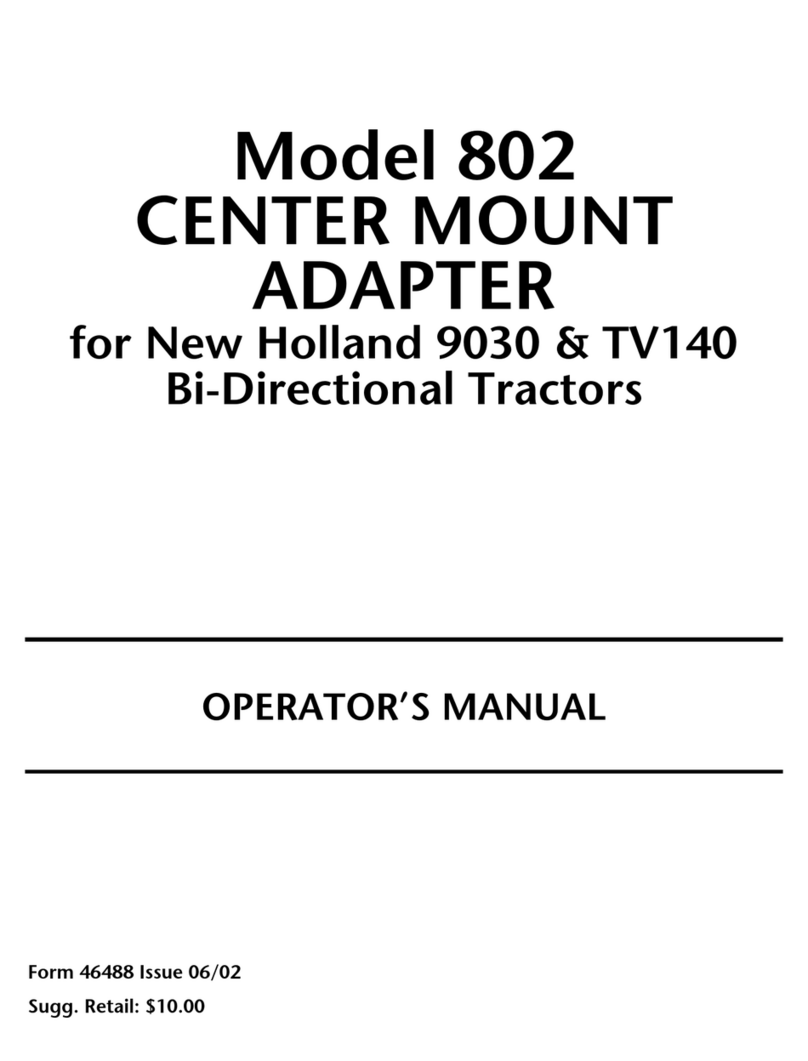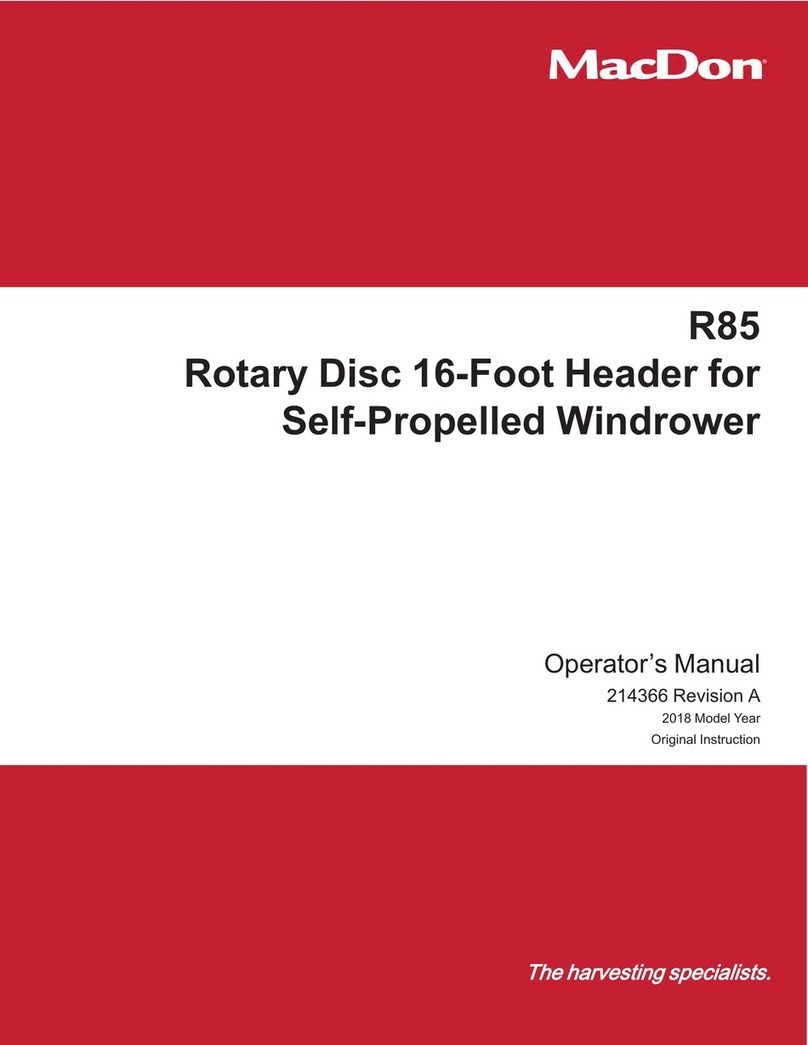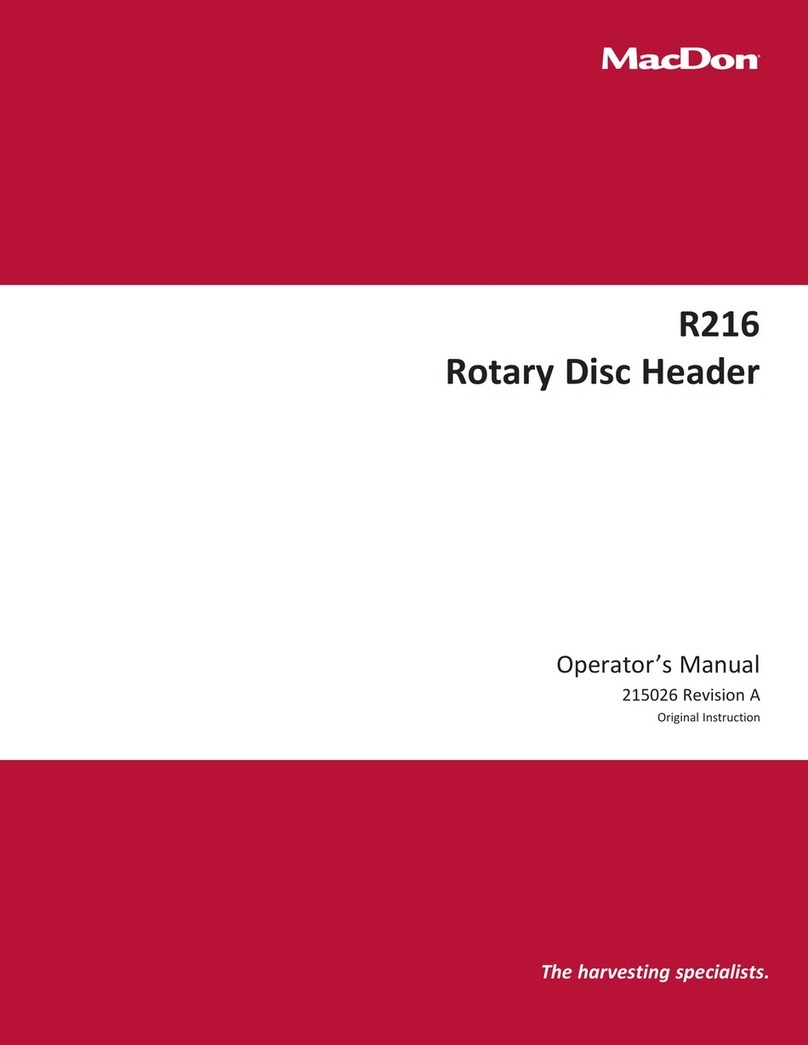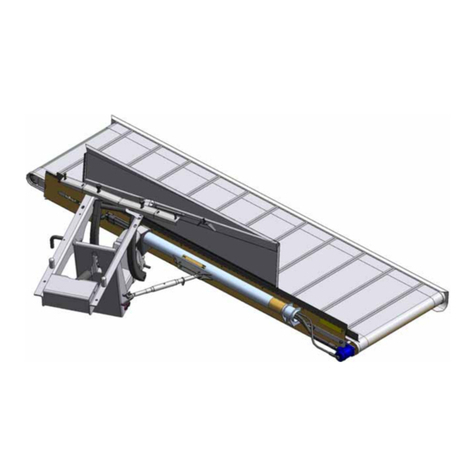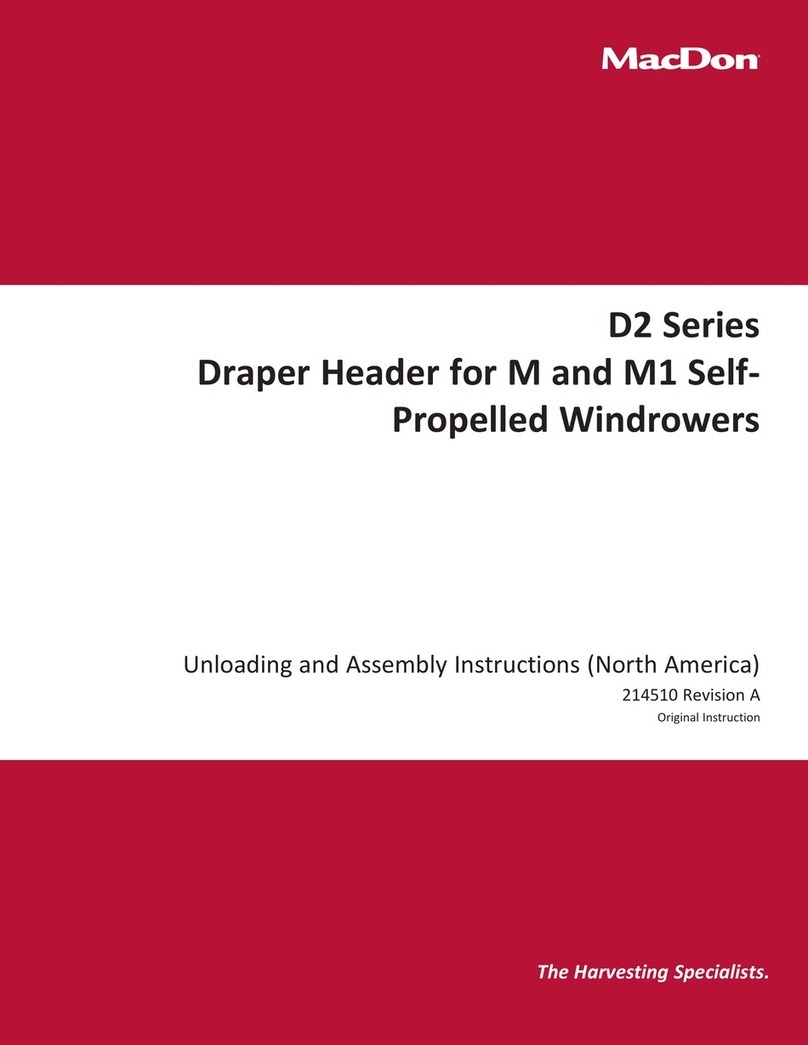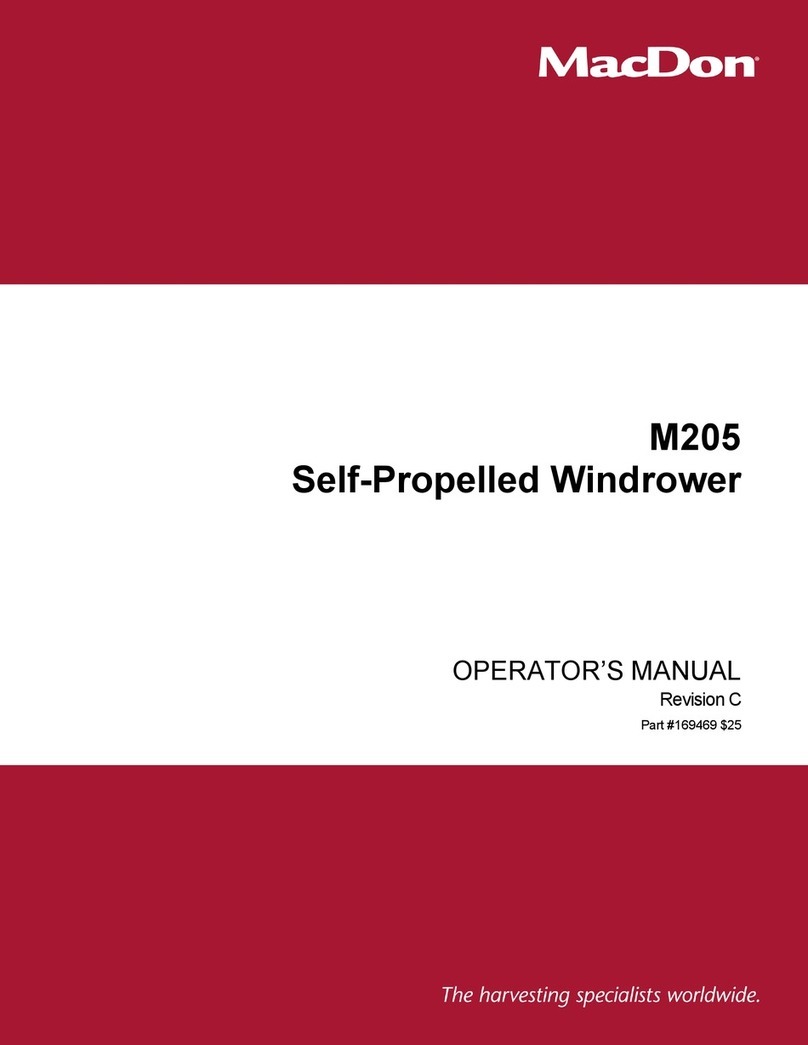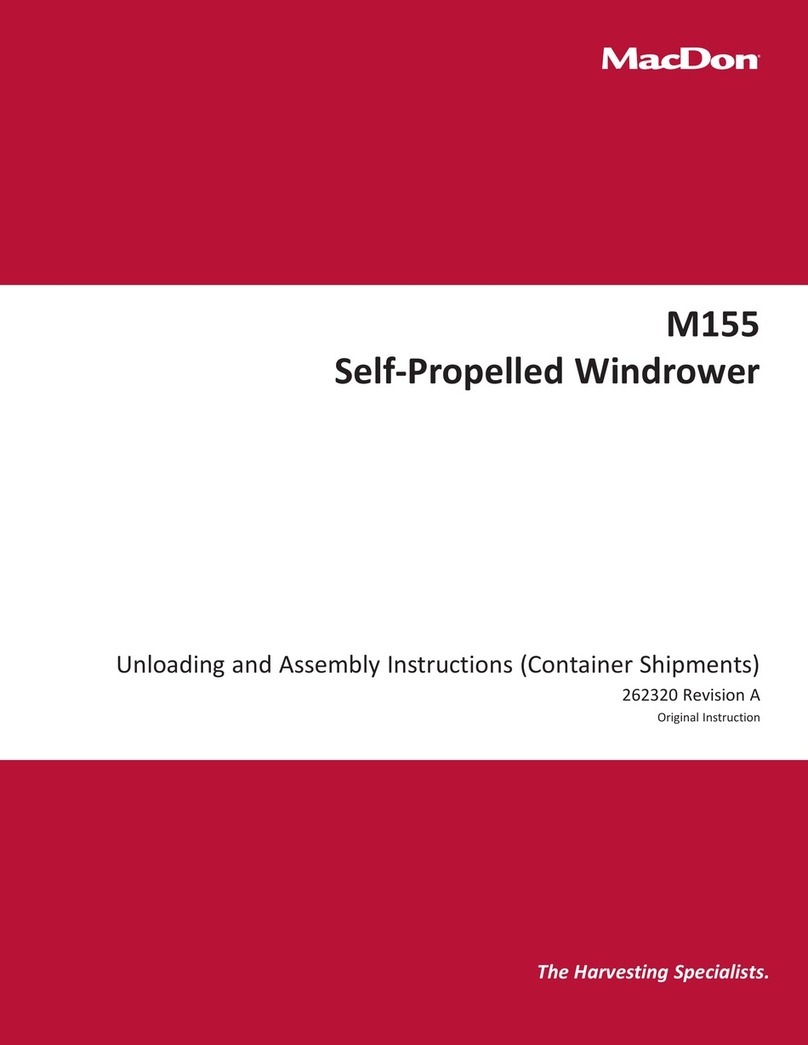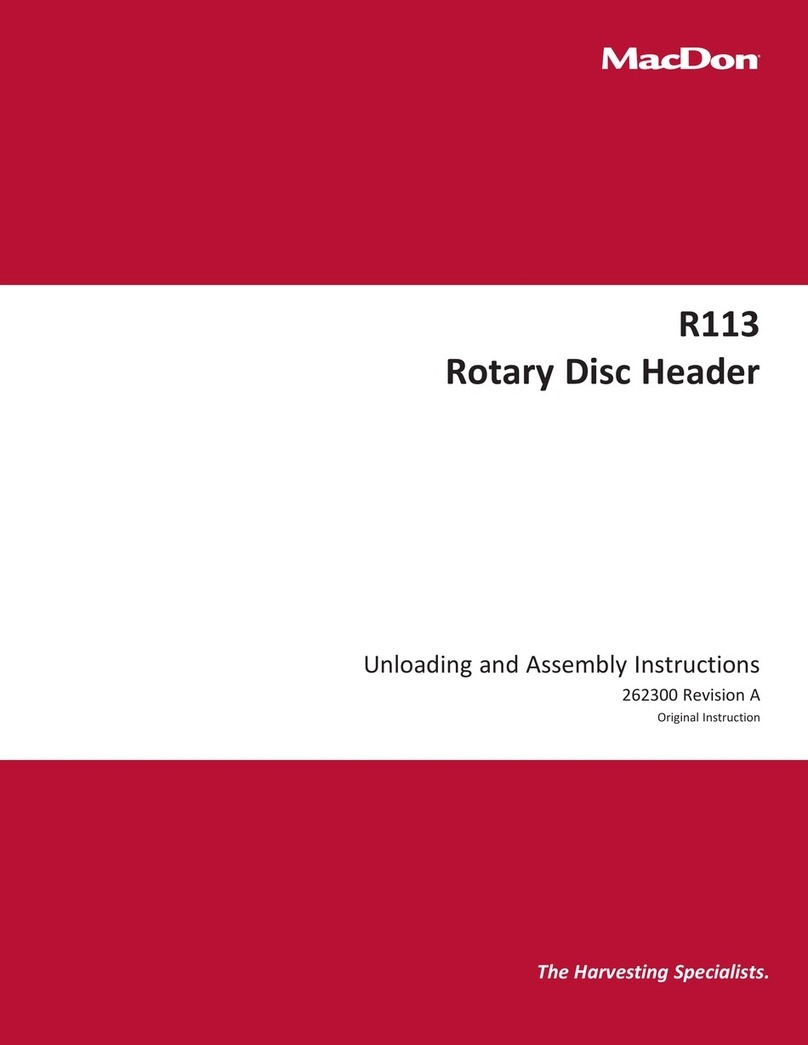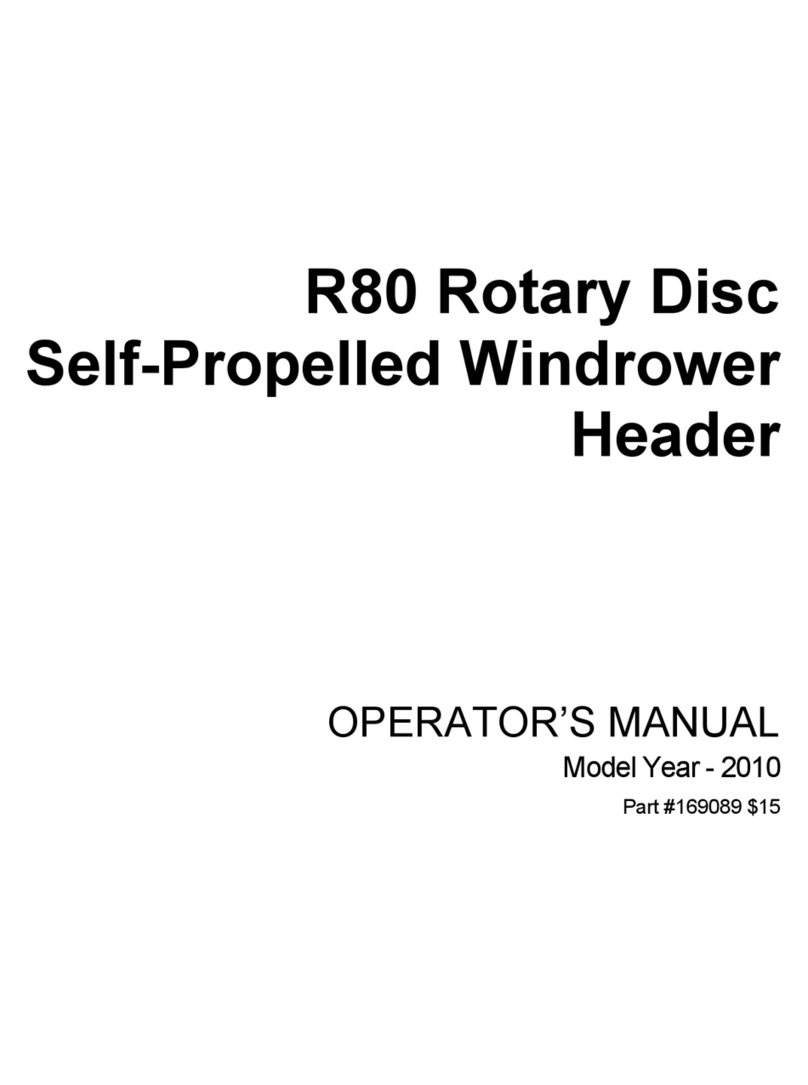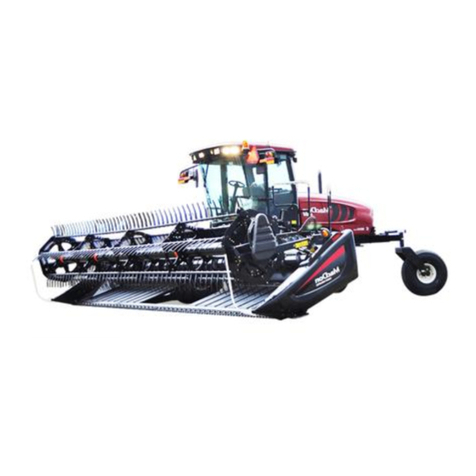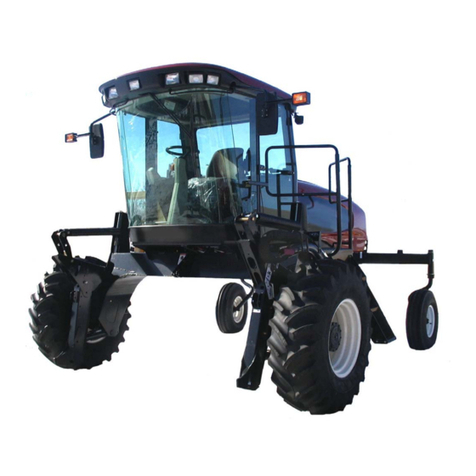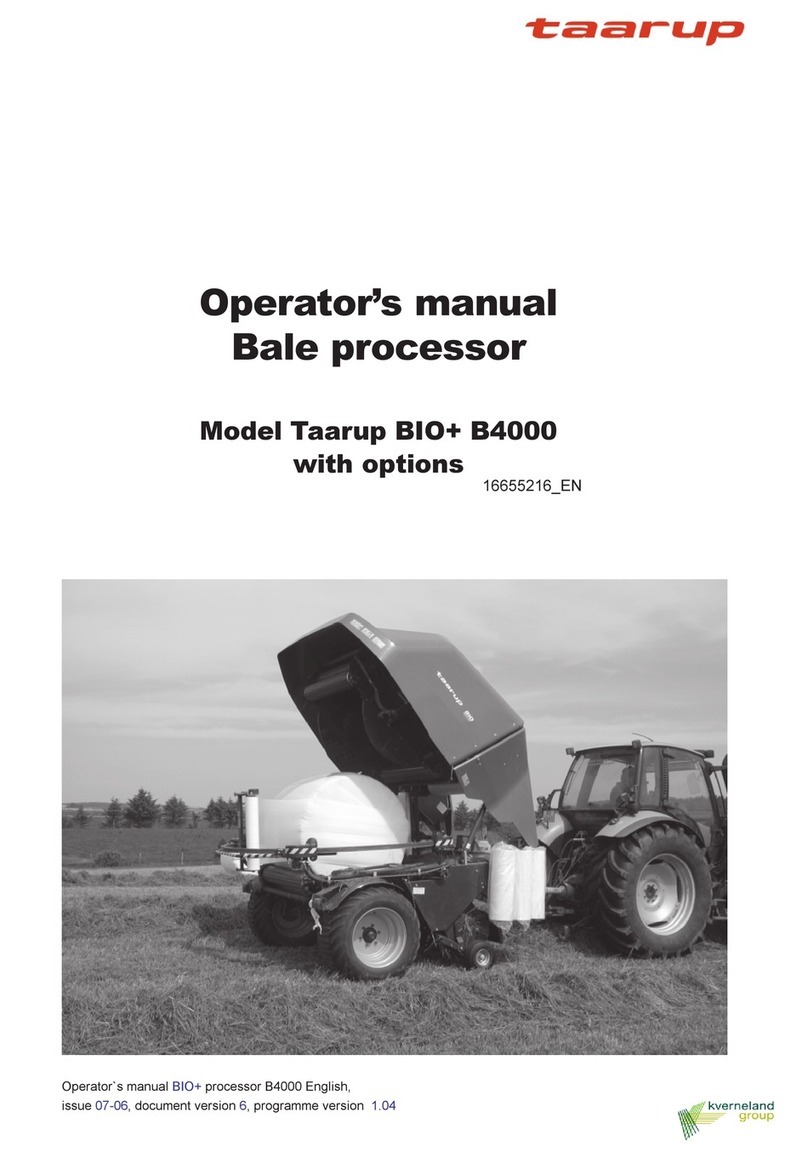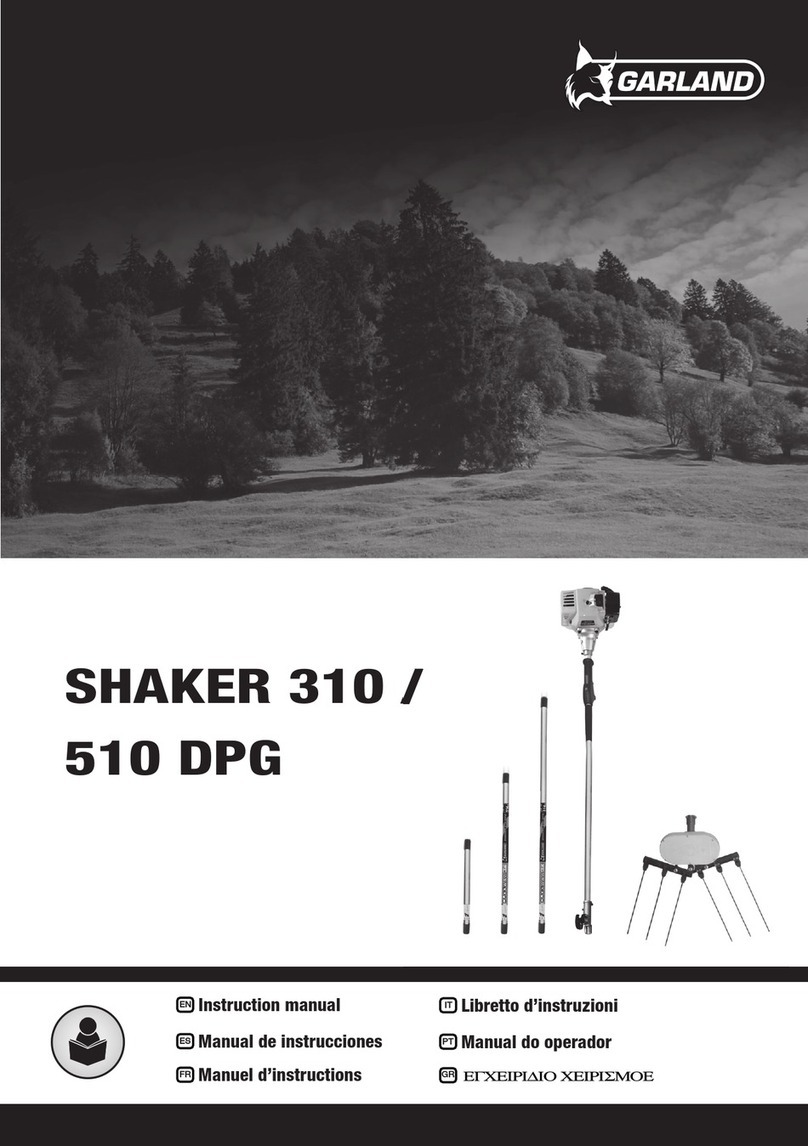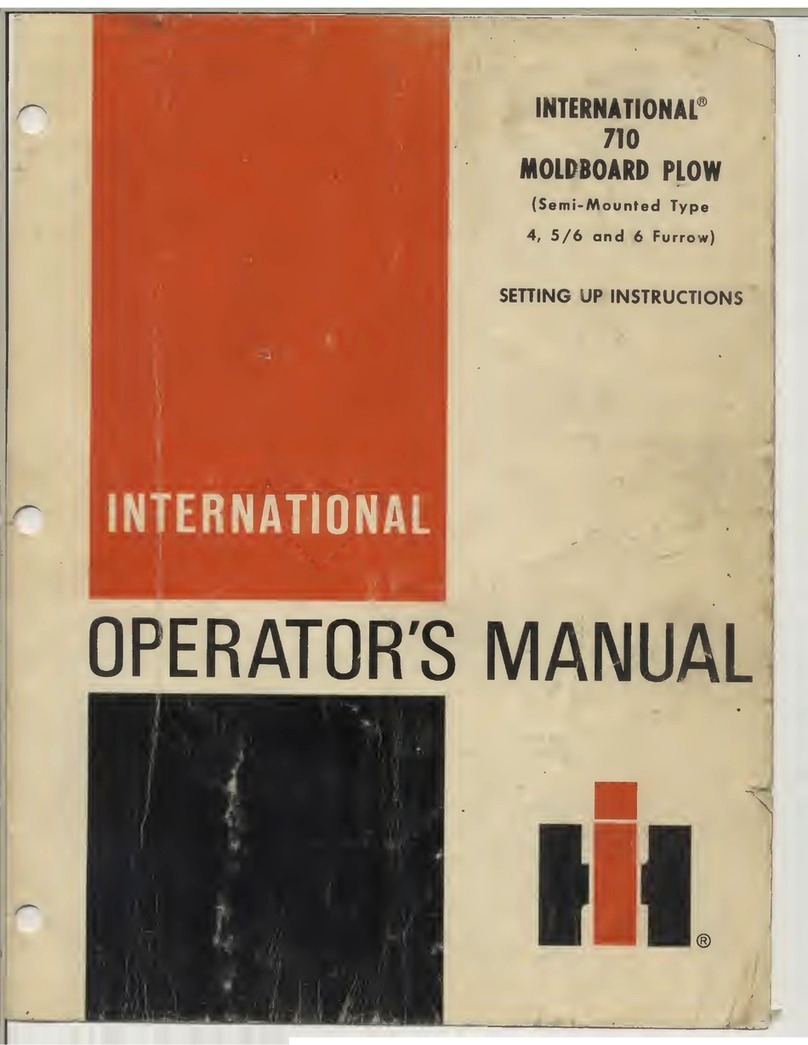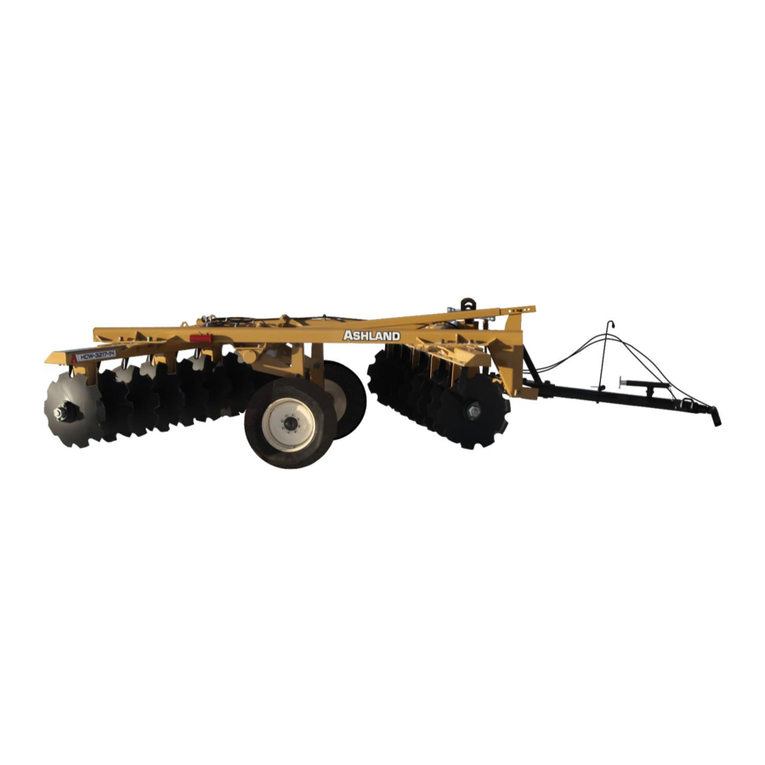
2
TABLE OF CONTENTS
INTRODUCTION..................................................................................................................................................1
SERIAL NUMBER LOCATION ............................................................................................................................4
SAFETY ...............................................................................................................................................................5
SAFETY ALERT SYMBOL........................................................................................................................5
SIGNAL WORDS.......................................................................................................................................5
SAFETY SIGNS.........................................................................................................................................6
Symbol Definitions.....................................................................................................................................7
CHEMICAL SAFETY..........................................................................................................................................10
Pesticide Hazards and Toxicity Levels....................................................................................................12
Protective Clothing...................................................................................................................................12
Cleaning Contaminated Clothing.............................................................................................................13
Clean Water Personal Wash and Emergency Rinse Tank......................................................................14
Emergency First Aid for Pesticide Poisoning...........................................................................................15
SPECIFICATIONS .............................................................................................................................................16
TORQUE SPECIFICATIONS.............................................................................................................................17
OPERATION......................................................................................................................................................19
Your Responsibilities as an Owner/Operator ..........................................................................................19
To the New Operator ...............................................................................................................................19
Driving the Sprayer..................................................................................................................................20
Pre-Starting Checks: Annual ..................................................................................................................21
Pre-Starting Checks: Daily......................................................................................................................22
Break-in Period........................................................................................................................................24
Boom Controls.........................................................................................................................................25
Rear Center Boom..............................................................................................................................26
Attaching the Sprayer to the Windrower.............................................................................................27
Boom Props........................................................................................................................................28
Spray System ..........................................................................................................................................29
Operating the Sprayer Pump..............................................................................................................29
Starting the Sprayer Pump.................................................................................................................30
Checking for Pump Operation............................................................................................................30
Bottom Filling the Tank.......................................................................................................................31
Top Filling the Tank............................................................................................................................32
Triple Rinsing Chemical Containers...................................................................................................32
Flushing the Spray System and Tank Cleaning.................................................................................33
Daily Cleaning...............................................................................................................................33
Cleaning the Tank when Changing Chemicals or Storing the Sprayer Attachment.....................34
Agitation..............................................................................................................................................35
Sprayer Calibration.............................................................................................................................36
Sprayer Calibration (metric) ...............................................................................................................39
Crop Dividers......................................................................................................................................42
Rate Controller ...................................................................................................................................43
The MT-3405 Automatic Rate Controller ......................................................................................43
Boom Spray Selection...................................................................................................................43
Boom Control Valves.....................................................................................................................44
Calibration Values For The MT-3405 Rate Controller........................................................................44
Boom Width Calibration Values ....................................................................................................44
Flow Meter Calibration Number ....................................................................................................44
DICKEY-john Radar Velocity Sensor............................................................................................45
Transporting the Sprayer.........................................................................................................................46
Detaching the Sprayer.............................................................................................................................49
Storage Procedure...................................................................................................................................52
Winterizing the Spray System ............................................................................................................52
